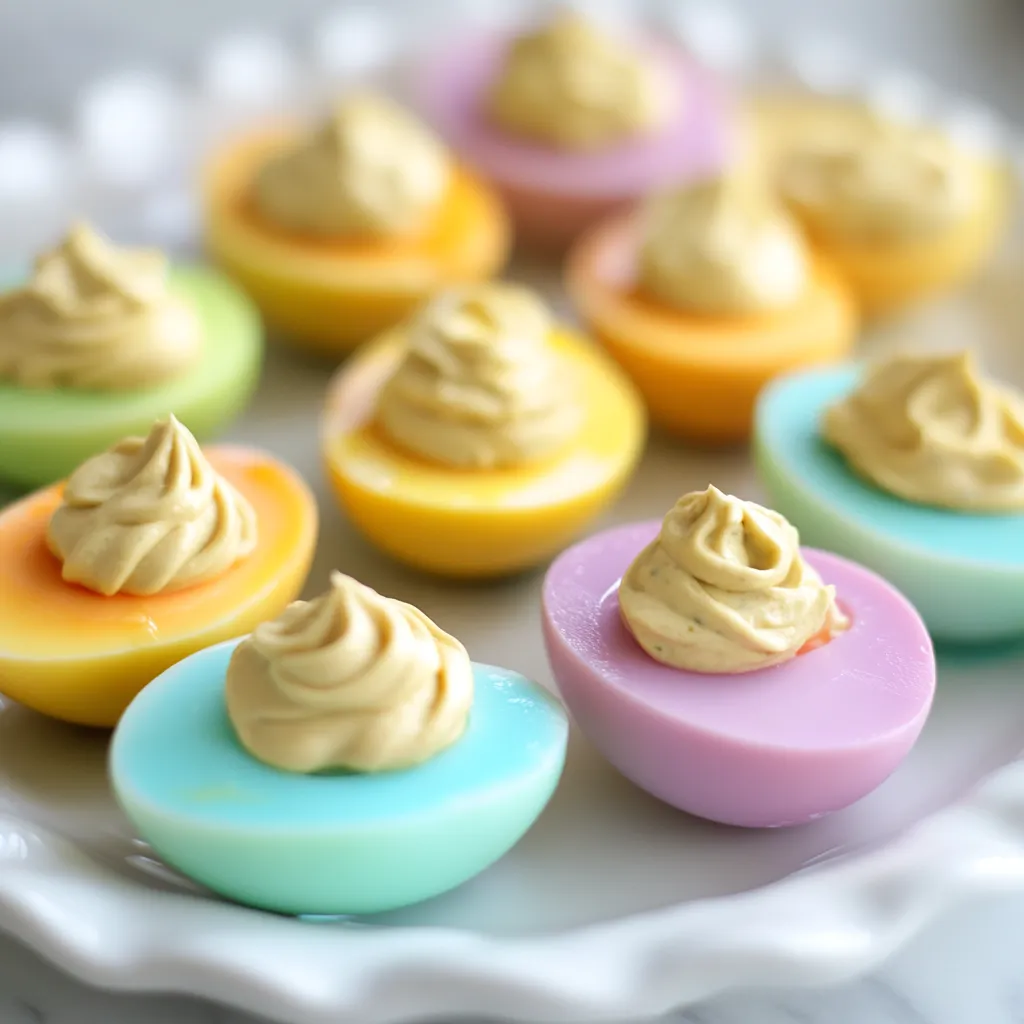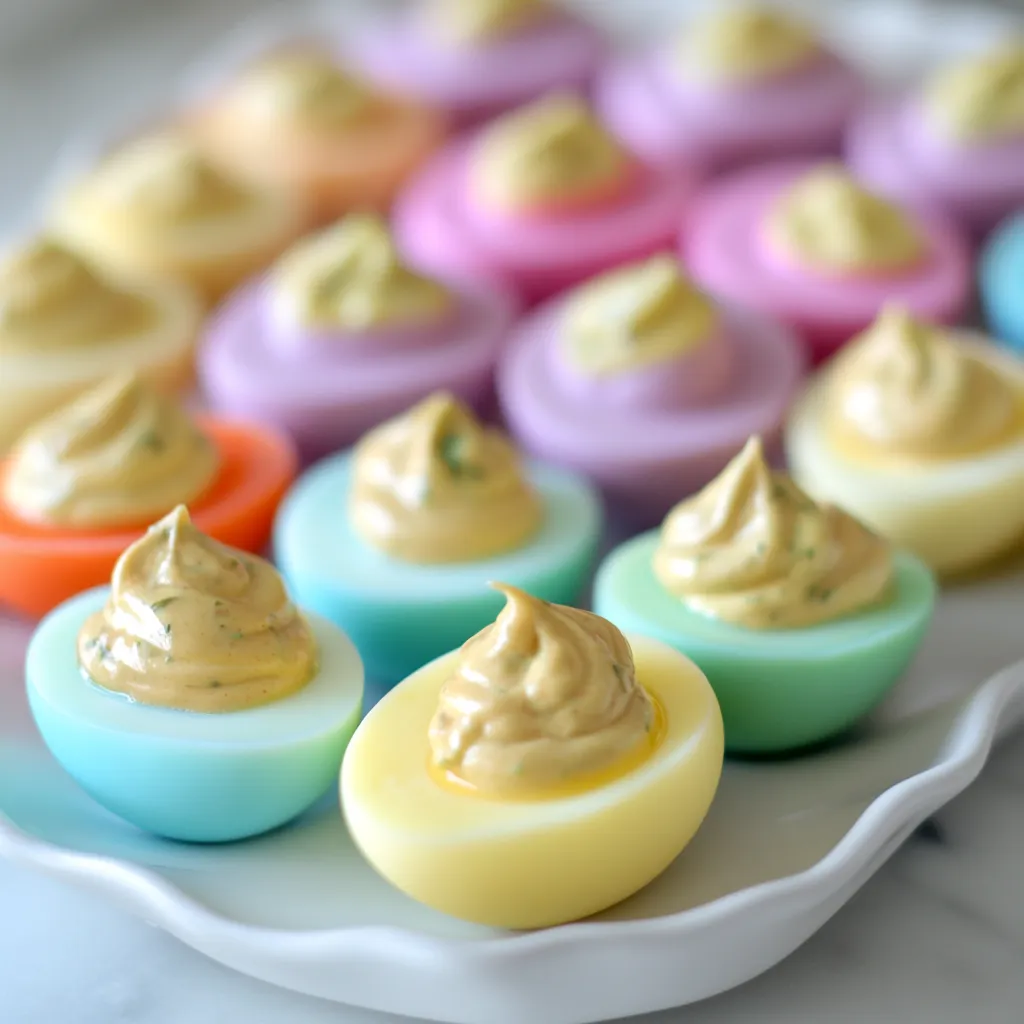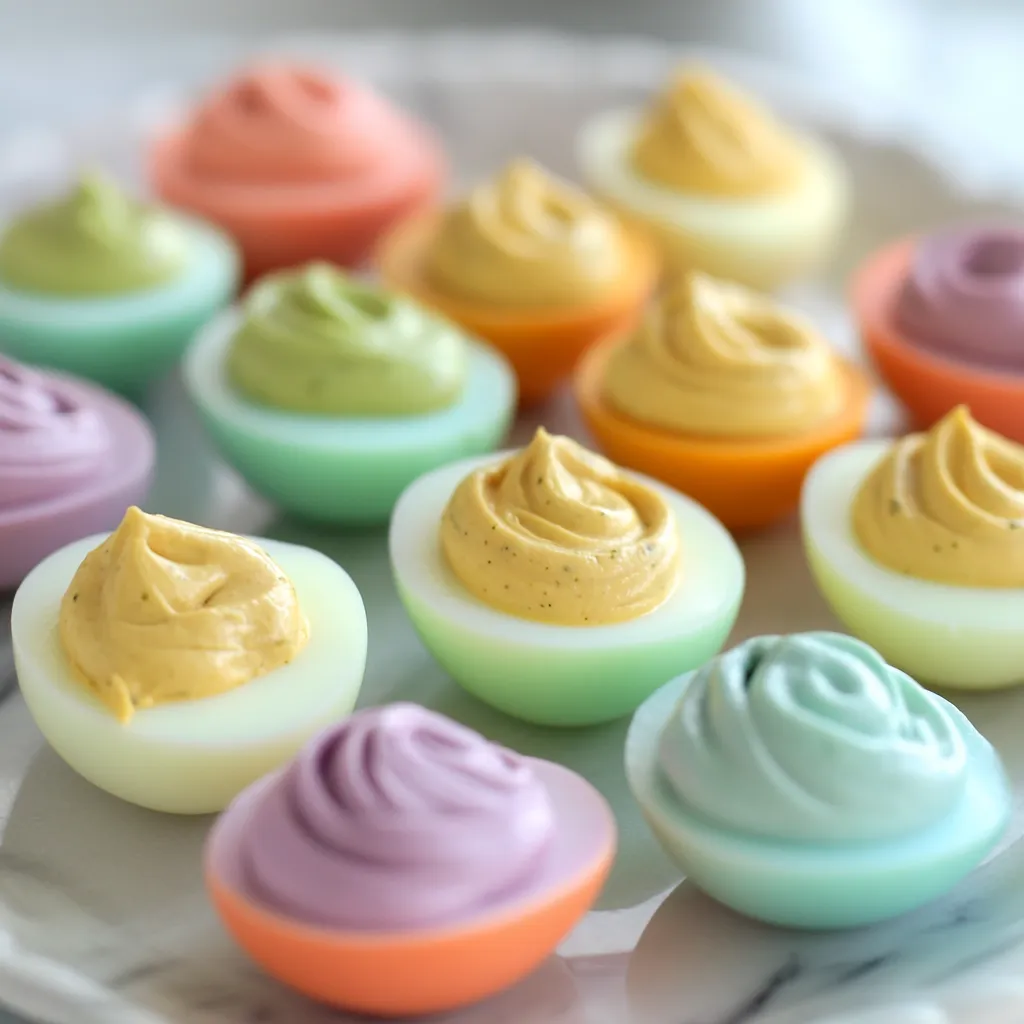 Pin it
Pin it
These delicious Portuguese custard cupcakes feature a soft, velvety center surrounded by wonderfully crunchy, browned edges for an incredible texture mix. Tangy lemon zest balances the rich custard while vanilla adds a subtle, cozy flavor. Queijadas represent the heart of Portuguese baking, bringing the authentic taste of seaside bakeries to your home. Their rustic appearance hides complex flavors that work great for simple coffee breaks or elegant dessert presentations.
I stumbled upon queijadas while vacationing in Portugal where I ended up hunting them down at different bakeries each day. Back home, I spent months adjusting this recipe to nail that unique blend of textures and flavors. The true win came when my buddy's Portuguese grandmother tried them and smiled, saying they took her back to her tiny village outside Lisbon.
Detailed Ingredients List
- Whole milk (500ml): Creates the foundation of your silky custard center.
- Granulated sugar (250g): Dissolves in the mixture and turns amber around the edges.
- Unsalted butter (50g): Gives a silky quality and enhances the custard's creaminess.
- All-purpose flour (50g): Works to thicken the batter just enough for that perfect texture.
- Large eggs (4): Provide stability and create that pudding-like middle.
- Fresh lemon zest (1 lemon): Delivers bright freshness that counters the sweetness.
- Vanilla extract (1 tsp): Enriches the flavor background.
- Ground cinnamon (optional, 1/2 tsp): Adds a warming, spicy undertone if you want more complexity.
Crafting Perfect Queijadas
- Prep Work:
- Warm your oven to 350°F with rack centered. Thoroughly butter your muffin tins, making sure to coat every nook.
- Creating Your Foundation:
- Melt butter in a saucepan, pour in milk and warm gently without boiling. Set aside to cool slightly.
- Preparing The Filling:
- Beat eggs until slightly fluffy, then gradually add sugar until mixture thickens. Mix in your vanilla and lemon zest.
- Final Steps:
- Gradually pour warm milk into egg mixture bit by bit while mixing. Fill your muffin tins and bake 35-38 minutes until edges turn golden but centers still jiggle slightly.
 Pin it
Pin it
My granny always insisted on patience with custard desserts. I learned this lesson when I rushed my first attempt and pulled them out too soon, ending up with soupy centers. When I let them bake until they got that golden color, something wonderful happened—that perfect balance of crisp exterior and smooth interior finally came together.
Elegant Serving Ideas
Enjoy them warm with a scoop of vanilla ice cream and a dash of cinnamon. For fancy gatherings, arrange them on a multi-level stand with fresh berries and mint for color. At breakfast gatherings, let guests customize theirs with dollops of whipped cream, tangy lemon curd, and fruit compote.
Regional Twists
In Madeira, bakers add honey and extra cinnamon. Folks from the Azores sometimes include anise or fennel seeds for a subtle licorice kick. Brazilian versions often incorporate coconut milk or tropical fruits like passion fruit or guava paste.
Storage Solutions
For same-day eating, just drape them lightly at room temp. Store extras in an airtight container in your fridge for up to two days, but bring to room temp before serving. They'll keep in the freezer for up to two months and can be warmed in a 300°F oven for about seven minutes.
 Pin it
Pin it
Whipping up these custard treats transports me straight to bright plazas and coastal cafes in Portugal. Food really can capture moments and experiences, making these queijadas more than just a tasty dessert—they're my personal link to tradition and vacation memories.
Frequently Asked Questions
- → Can I make the eggs in advance?
- For sure! Prep everything a day ahead. Keep the dyed whites and filling separate in the fridge, then assemble right before serving for top freshness.
- → Does food coloring change the flavor?
- No, it doesn’t. The vinegar in the dye makes the color stick and leaves no taste once it dries.
- → What's the soaking time for dyeing eggs?
- To get bold colors, soak for 10-15 minutes. For pastel tones, stick to around 5 minutes. The longer the soak, the deeper the shades!
- → Can I use natural food dyes?
- You can! Try beet juice (pink), turmeric (yellow), spinach water (green), or blueberry juice (blue). Natural dyes may need more soaking time for rich colors.
- → What can I swap for pickles in the filling?
- You can use relish, capers, or vinegar for the tangy punch. If you want to experiment, try olive juice or mild hot sauce.
